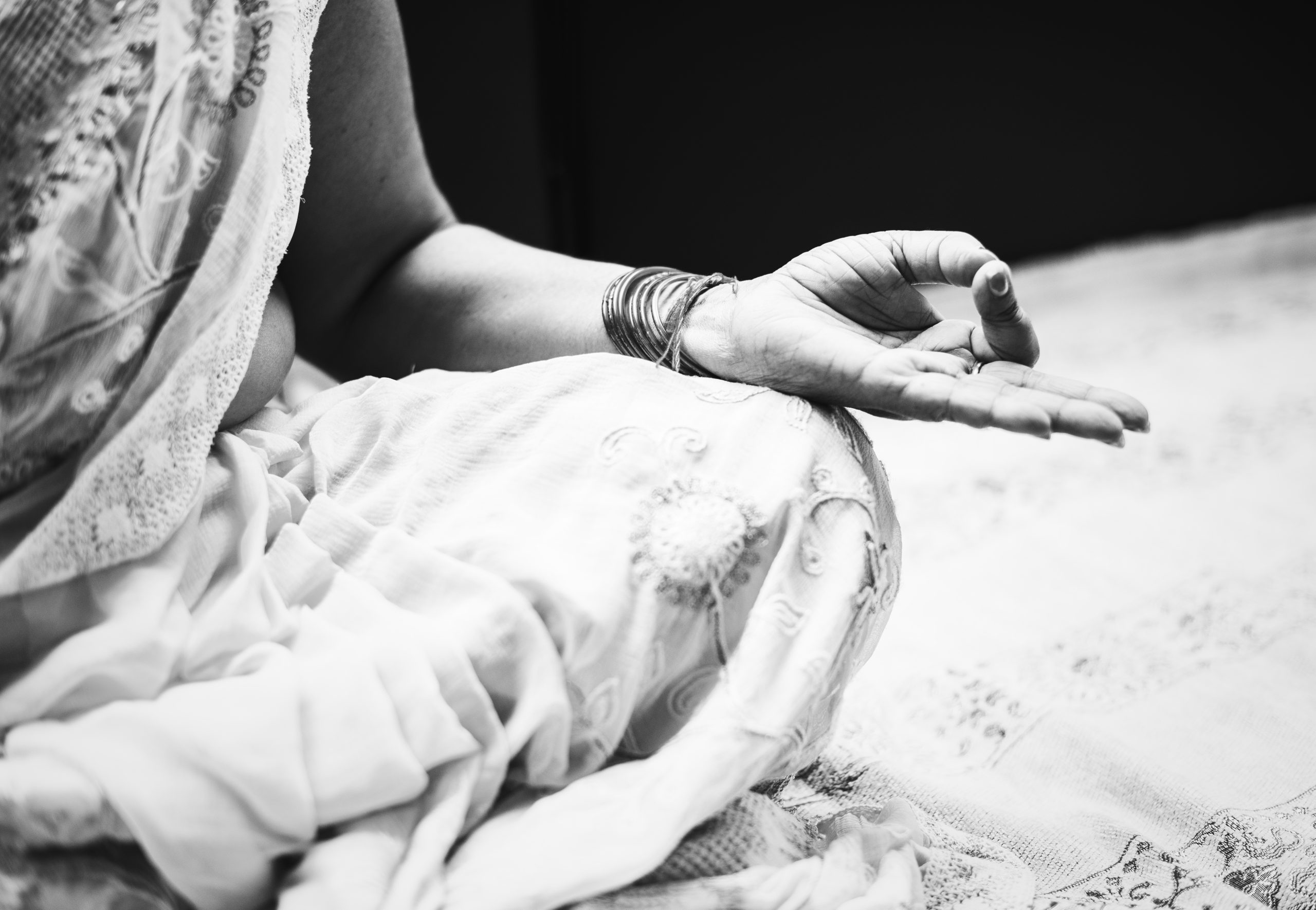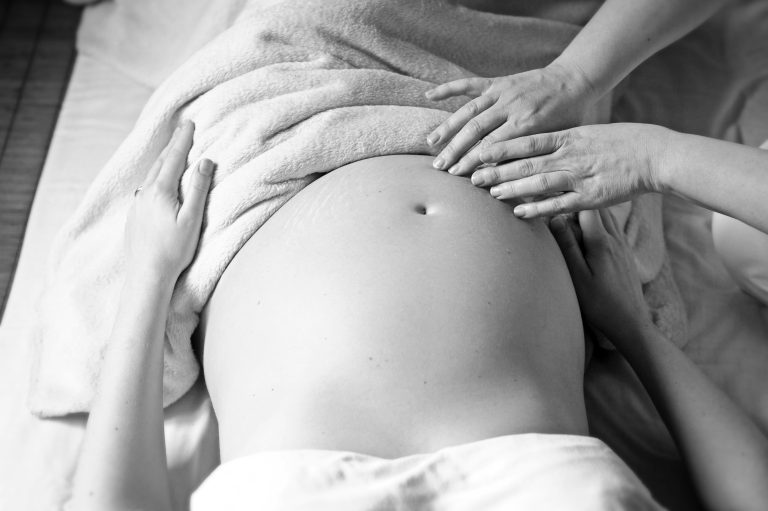Yoga, rooted in India’s spiritual and philosophical traditions, was originally practiced and passed down almost exclusively among men. For centuries, women were excluded from deeper yogic studies and lineages. However, as yoga spread globally in the 20th century, especially to Western countries, women began to take an increasingly prominent role—not only as practitioners but also as innovators of new approaches. Today, women’s yoga is more than a variation of traditional practice—it is a holistic path to physical, emotional, and spiritual well-being tailored to the female body and experience.
Challenges of Tradition
Historically, traditional yoga schools were male-centered. In classical Indian contexts, women’s access to spiritual practices like yoga was often restricted due to social norms. The natural biological processes of the female body—menstruation, pregnancy, menopause—were sometimes viewed as obstacles to spiritual purity and discipline.
When yoga was brought to the West in the early 20th century—through pioneering teachers such as Krishnamacharya, Sivananda, and later Pattabhi Jois and B.K.S. Iyengar—the initial student base was mostly male. However, Western society, with its growing focus on health, personal growth, and body awareness, offered fertile ground for women to engage deeply with yoga. Over time, women not only became the majority of practitioners but also shaped yoga’s evolution through their own embodied experiences.
Impact on Women’s Bodies, Minds, and Lives
The emergence of women-centered yoga reflects a shift toward honoring the female body as inherently wise, rhythmic, and capable. Approaches such as hormonal yoga, menstrual cycle-aware practices, and therapeutic yoga for women were developed to support the unique physiology and emotional landscape of women throughout their lives.
Physically, women’s yoga supports pelvic floor health, hormonal balance, and menstrual wellness. Psychologically, it encourages self-acceptance, reduces anxiety, and fosters a reconnection with feminine energy. Recent research shows that women’s yoga can positively influence premenstrual symptoms, fertility challenges, and menopausal transitions.
Ezek a megoldások csak példák. Mindenkinek más igényei, prioritásai és problémái vannak. Ami valakinek segít, nem feltétlenül fog működni másnak. Kisérletezz, hogy neked mi segít, és ne aggódj ha ez egyéni.
- Cycle-aware practice: Women can adapt their yoga routines to the phases of their menstrual cycle—follicular, ovulatory, luteal, and menstrual—allowing for rest, flow, strength, and reflection as needed.
- Supportive communities: Women’s yoga often takes place in nurturing group environments that provide space to share experiences and deepen emotional support.
- Feminine-oriented lineages: Internationally recognized methods like Womb Yoga (Uma Dinsmore-Tuli), Shakti Yoga, or The Yogini Path (Shiva Rea) are centered on the cyclical, sensual, and spiritual power of the female body.
- Integrated practices in Central Europe: In Hungary, yoga teacher Tünde Kornhoffer has developed the Anaya Women’s Yoga Method, a system that supports reconnection to the female body’s cyclical rhythms through gentle, hormonally supportive practices and self-awareness.
Women’s yoga is not a marginal or alternative offshoot—it is a full-fledged evolution within the yoga tradition, born from the inclusion of women’s lived realities. As yoga becomes more accessible and inclusive, women are not only occupying space—they are redefining it. Through teaching, writing, and creating new systems, women are reshaping yoga in ways that honor balance, cyclical awareness, and wholeness.
The future of yoga is not gender-exclusive, but one that integrates feminine perspectives alongside masculine ones. A more cyclical, compassionate, and embodied form of yoga holds the promise of healing and empowerment for all.
References:
- Singleton, M. (2010). Yoga Body: The Origins of Modern Posture Practice. Oxford University Press.
- Dinsmore-Tuli, U. (2014). Yoni Shakti: A Woman’s Guide to Power and Freedom through Yoga and Tantra. Pinter & Martin.
- Sjoman, N. E. (1999). The Yoga Tradition of the Mysore Palace. Abhinav Publications.
- Saraswati, S. S. (1984). Yoga and Women. Bihar School of Yoga.
- Kornhoffer, T. (2020). Anaya Women’s Yoga – Cycle-based Practice for the Female Body. Self-published.







